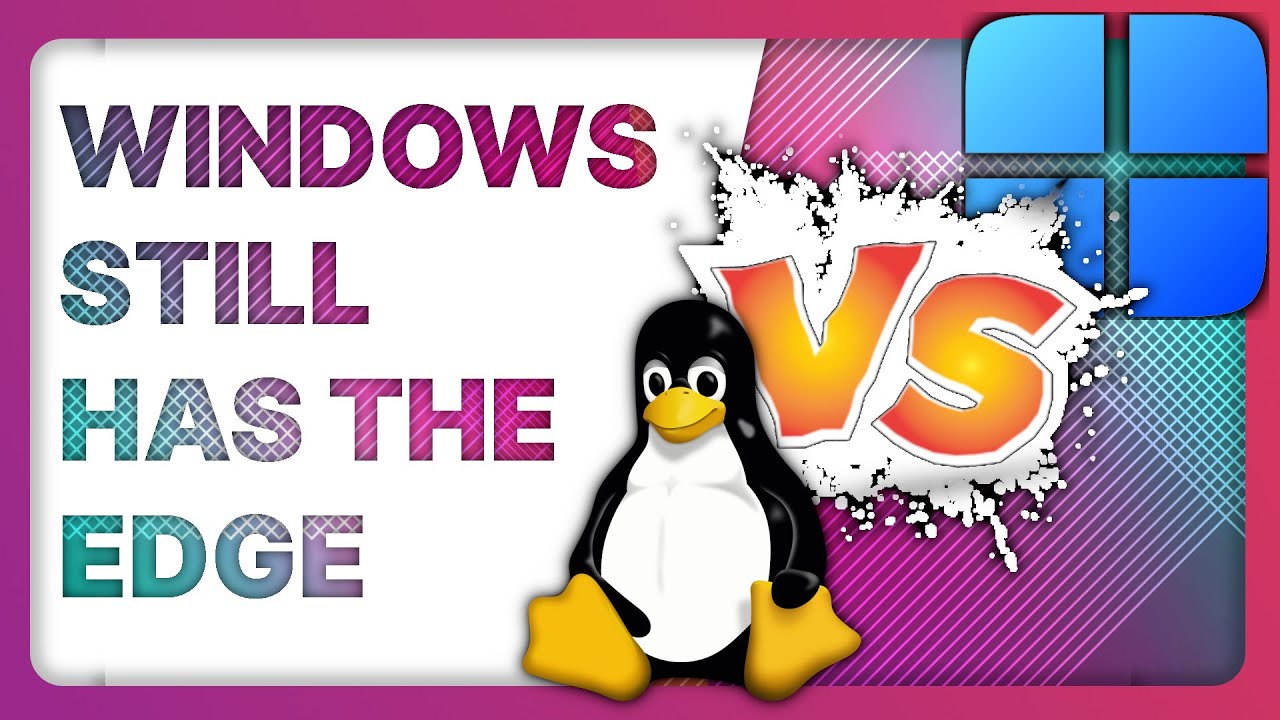I understand the usefulness of the terminal and how universal it is for troubleshooting across distros. But can’t there be a way to make a nice graphical tool for the various admin level tasks that need to be performed?
Edit: Thank you to the outpouring of feedback on this. It has greatly opened my eyes to how much I don’t know about. I did see a couple suggestions though, so I’ll be sure to check them out.



You probably got your answer from system administrator perspectives, but I’ll put mine in as a developer perspective who also developed some niche admin tools like SELinux Editor.
TL;DR: It require reinventing GUI on Linux and no, I’m not joking. I’m working on it as it is leveraging Vulkan by default.
@steph@lemmy.clueware.org did a good job laying out on some of the issues that arise from GUI Toolkit that we currently have on GTK and QT which are the two mainstay GUI on Linux. One of the problem is the lack of automatability in GUI, but it can be solved by establishing an Interprocess Communication Protocol. With an agreed upon convention, you can subscribe events or issue commands such as clicking on button or whatnot and that allows for each GUI Toolkit to also interacts with one another as well. Think of Wayland, but for between GUI.
Some challenges are impossible in CLI, but possible in GUI, and those can be SELinux, Firewall, or other administrative tasks that require as many widgets, visualizer, debugger, or whatever available to aid you. So I think people here need to realize that there are significant merit to GUI workflow for administrative tasks.
So with the current GUI Toolkits that are available on Linux, most developers aren’t very inclined to use limited features offered by GTK and a difficult to use C++ GUI and so, some of them consider developing web application, but it comes with it’s own baggage too. This is kind of a no-win situation for those who are looking to make a GUI for Linux. This is one of my pet-peeves with Linux and why I am working on it.
If you are interested to learn more on GUI Toolkit situation which I am working on at this time.
On Linux, I’ll summarize the issues for GUI Toolkits:
Why do I want to make my own GUI Toolkit?
Before you suggest that I should fork off GTK, that would means I would have to comply with GTK’s licensing, which is GPL 2 and my project will be licensed differently. Also the whole project is redesigned from ground up, so it wouldn’t make sense for me to overhaul GTK which would be twice the work I have to do.